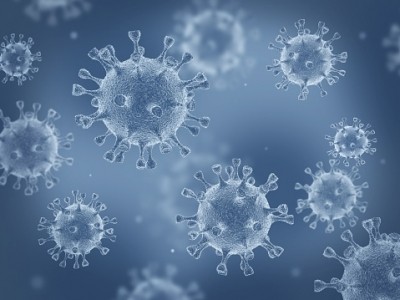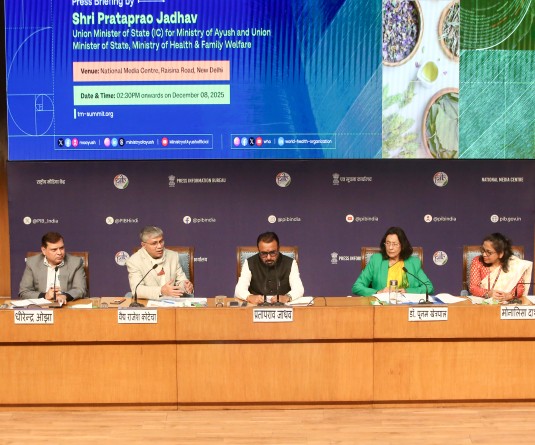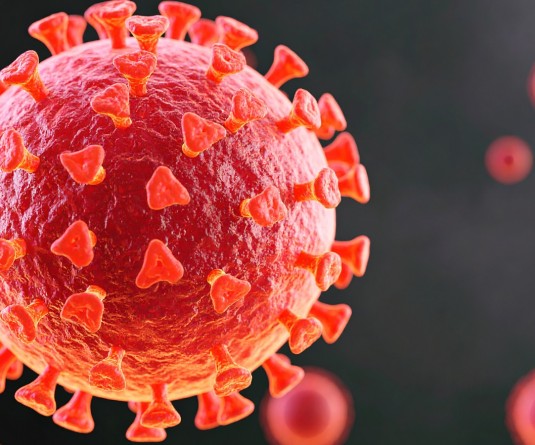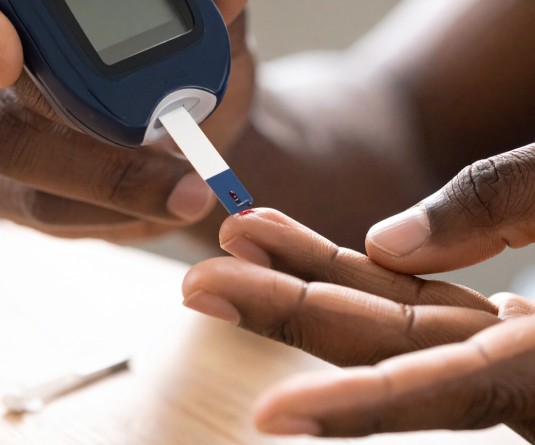Image Source: IANS News

New Delhi, April 19 (IANS) With alarms sounded about the declining diversity of plants and animals, a related concern with equally profound implications is posed: Is the variety of microbial life, including viruses, changing too -- and if so, in which direction and how fast?
In a paper published on Monday, David S. Thaler of the University of Basel, Switzerland, and Guest Investigator at The Rockefeller University's Programme for the Human Environment (PHE), notes "clearly downwards" trajectory of plant and animal diversity, constituting "a key issue of the Anthropocene".
Whether change is underway also in the world of microbes -- the tiniest cogs in planetary functioning -- is "a complete unknown. We have no idea whether global microbial diversity is increasing, decreasing, or staying the same," says Thaler.
'Microbes' in this context means 'the tiniest living things, including bacteria, archaebacteria, single-celled eukaryotes, and viruses of all organisms'.
"Most scientific papers tell us new facts. This is a different kind of paper; it does not answer anything but asks a new question," says Thaler.
"Socrates called ignorance of what we do not know 'profound ignorance'. This kind of ignorance was also famously termed 'unknown unknowns' by former US Defence Secretary Donald Rumsfeld. Today's paper identifies what is (or was, as of now) a biological 'unknown unknown'."
Thaler points out that assessing plant and animal biodiversity involves counting different species within a given timeframe, and then comparing a subsequent count.
"By doing so, we learned that some species have recently become extinct, and many exist in fewer numbers, with an estimated one million at risk of extinction within decades.
"The same approach has been used to monitor, for example, changes in microbial diversity in an intestine due to dietary changes."
Unfortunately, says Thaler, it may be impossible to "count everything at different times" to figure out the direction of change in global microbial biodiversity because the extent of current microbial biodiversity is unknown, and a large fraction of the microbial world may exist in hard-to-access, rare, or extreme environments -- the deeper the depth, the less "we know".
Previous research has theorized that the deep hot biosphere may contain the majority of planet's microbial biodiversity. Resolving this problem might require 20 years before there is a sufficient understanding of the deep biosphere and other hard-to-access environments.
A possible 'chicken and egg' paradox may prove hard to resolve: Establishing a baseline sequence library may never be finished because new diversity is generated more rapidly than it is measured. If some or all parts of microbial diversity are rapidly increasing, then survey approaches may never catch up to this dynamic process.
Thaler said: "The world is finding hundreds of variants of the SARS-CoV-2 virus that causes Covid-19, one of a very roughly estimated 10 billion different kinds of microbes each evolving in its own ways.
"Microbial evolution is not always toward greater diversity, microbes can also become extinct, smallpox virus being an example," he adds.
"Countless other viruses and bacteria probably have also come and gone without our ever having known of their existence. Some microbes are specific in their associations with certain animals and plants. As these plants and animals become extinct, it seems likely that specialized microbes associated with them have also vanished."






